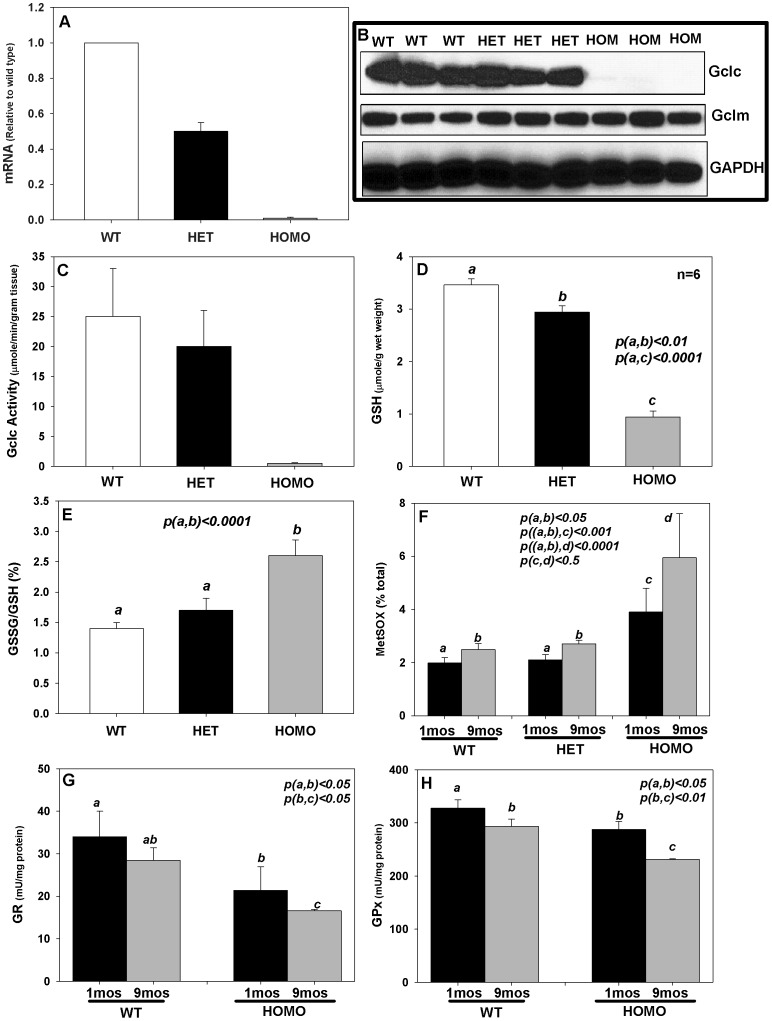Figure 1. Charaterization of the GSH genotype and phenotype of LEGSKO mouse.
3mos old LEGSKO mouse lens (without cataract) total RNA was extracted and Gclc mRNA was determined by real-time PCR. The data was calculated relative to age matched wild type lenses. Gclc enzyme activity was determined by HPLC by monobromobimane fluorescent derivatization. Gclc protein expression was determined by Western-blot. (A). Gclc mRNA was reduced 50% in heterozygous mouse lenses and completely abolished in homozygous mouse lenses (n = 6). (B). Gclc protein level was reduced in heterozygous mouse lenses and abolished in homozygous lenses. Mouse liver protein extract was used as positive control. (C). Gclc activity was mildly reduced in heterozygous mouse lenses and quasi no detectable in homozygous mouse lenses (n = 6). (D). Fresh lenses (n = 6) were snap frozen, thaw at room temperature for 1 min and dissected immediately. The protein was precipitated, and the supernatant was subjected to GSH analysis by glutathione reductase (GR) and β-NADPH enzymatic recycling method. (E). the percentage of GSSG vs. GSH was significantly (p<0.0001) elevated in homozygous mouse lenses vs. wild type/heterozygous lenses. (F). Methionine sulfoxide was significantly (p<0.001) elevated in homozygous vs. wild type/heterozygous lenses, and also significantly increased with age (P<0.05). (G). Glutathione reductase (GR) activity, expressed as unit per milligram of protein, was mildly but significantly (P<0.01) reduced in homozygous lenses vs. wild type, and also significantly reduced with age. (H). Glutathione peroxidase (GPx) activity, expressed as unit per milligram of protein was mildly but significantly reduced in homozygous lens at 9 months old of age (p<0.05). One-Way ANOVA followed by Post-Hoc analysis was used for all comparisons (n = 10, per group, except GSSG/GSH which is 6 per group).

